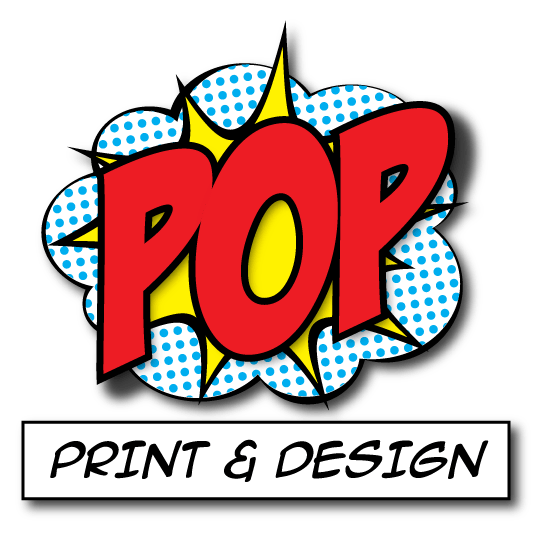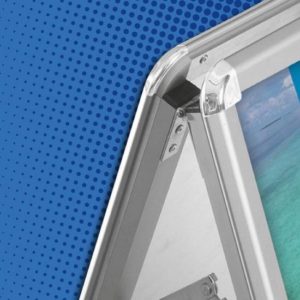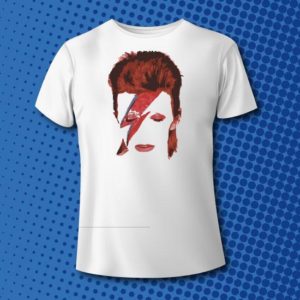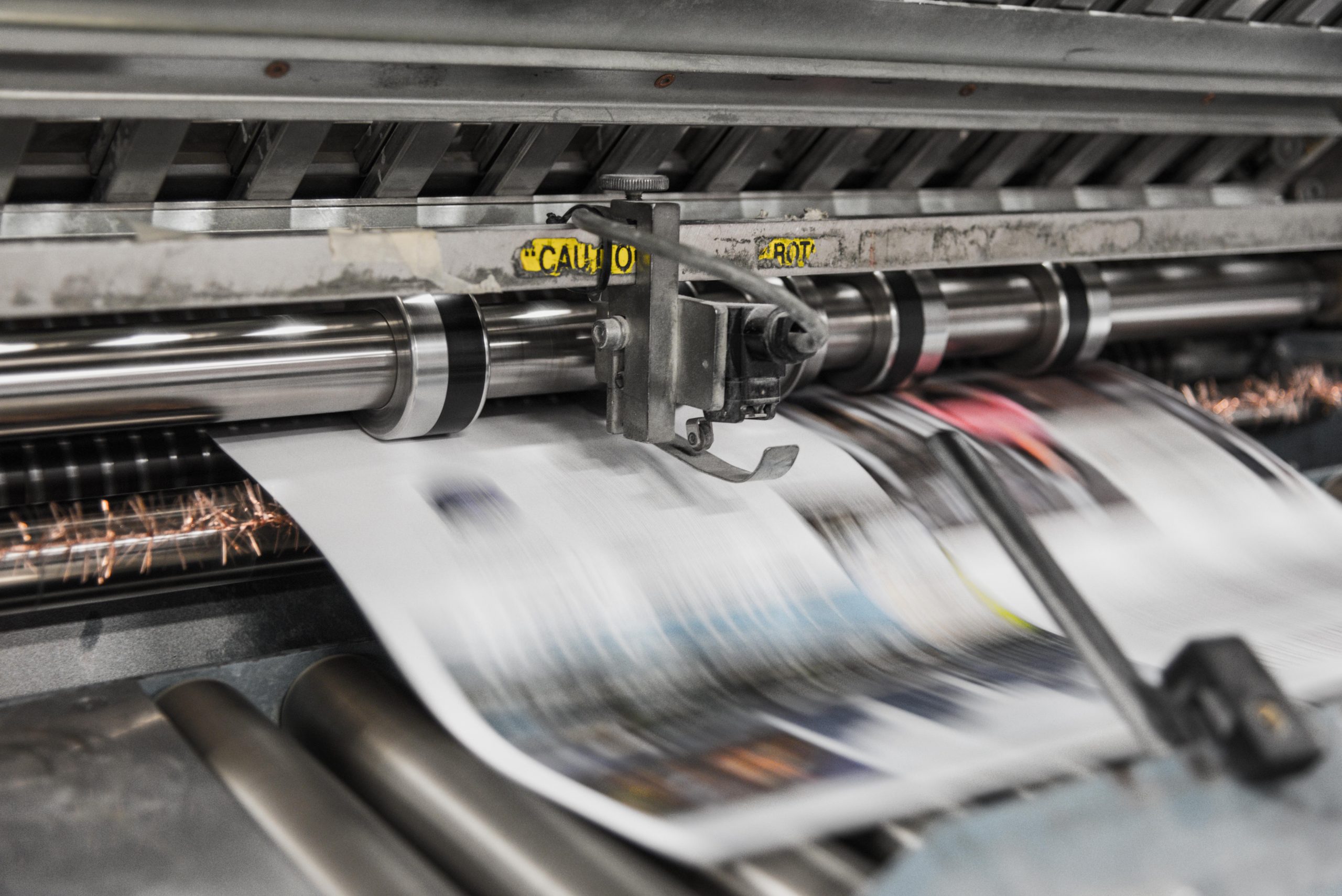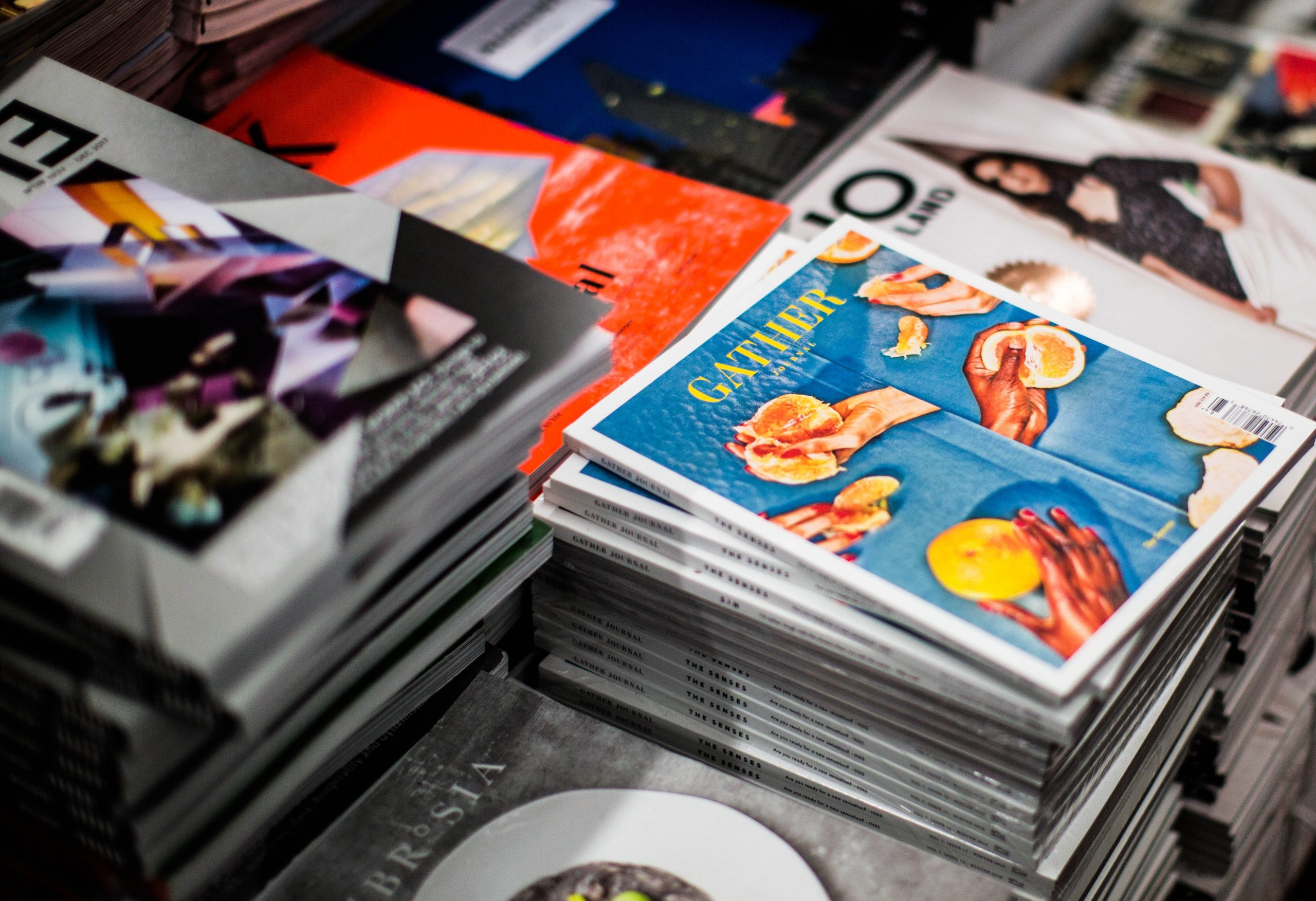
What Are The Differences Between Offset Printing And Digital Printing?
Offset Printing: Offset printing is the most common and oldest form of commercial printing technique. It involves creating an image on an offset plate and transferring that image onto an offset blanket. The offset blanket then transfers the ink onto paper.
Digital Printing: Digital Printing is also called direct-to-plate (DTP) and it’s a process by which images are created and printed without use of intermediate physical objects such as film or plates. Digital printing or digital imaging uses electronic devices, such as a laser printer, that applies toner directly to sheets of paper, fabric, or other material
Offset Printing Vs. Digital Printing – Which Is Right For You?
Offset printing is a process of printing an image, text or other content on a surface, like paper or fabric. The offset process transfers images from one surface to another by using the principles of lithography.
Digital printing is the production of an image in which ink is transferred to paper, plastic, fabric or another material by means of an electronic device.
Offset printers are more expensive to set up than digital printers and they require more maintenance. They also produce higher quality prints than digital printers. However, digital printers are much faster for short runs and have cheaper set up costs than offset printers but they produce lower quality prints than offset printers.
The final decision for choosing which printing method to use depends on what is required. If quality prints are desired, offset printers are the best option. They produce hard-copy prints that have high clarity and sharpness.
However, they are more expensive than digital printers and require more maintenance to create the plates. Printing digitally is very fast and ideal for short print runs. It may not be the best for medium to large print jobs such as printing out books or other documents as the quality is not as high as offset print.
What Are The Advantages Of Offset Printing Over Digital Prints?
Offset printing is the most common form of printing for magazines, posters, and books. It’s also known as “relief printing” because in this process, ink is pressed into paper.
Offset printers can print upwards of 30,000 copies per hour, 15 to 20 times the speed of digital printers. This gives litho printers a real advantage when printing large quantities of the same publication.
With offset printing, only the front and back of a single sheet, or 32 pages, can be set up at a time, and there is more work involved in cutting, folding and binding multi-page publications. This is why offset printing is better suited to large orders of the same publication.
Offset prints are better than digital prints because they are more durable and have richer colours. They are also much more affordable when you print in bulk due to economies of scale.
Offset prints are the traditional way of printing magazines, books, and newspapers. The process is more time-consuming than digital printing because it requires a series of steps that require more time and cost, where as digital print is easier and quicker to set up.
The offset printing process is a longer and a more complicated process due to the plates needing to be produced. The paper must be printed on a press, cut, and then glued, folded, laminated etc. depending upon the requirements for the job. But the quality is superior and more cost effective if printing higher quantities; the ideal printing point for offset printing is when you require upwards of 1,000 copies of the same product.
Conclusion
If you are printing less than 1,000 copies, it is more economical and quicker to use digital printing. However, if you are printing more than 1,000 copies, offset printing is a far better choice.
